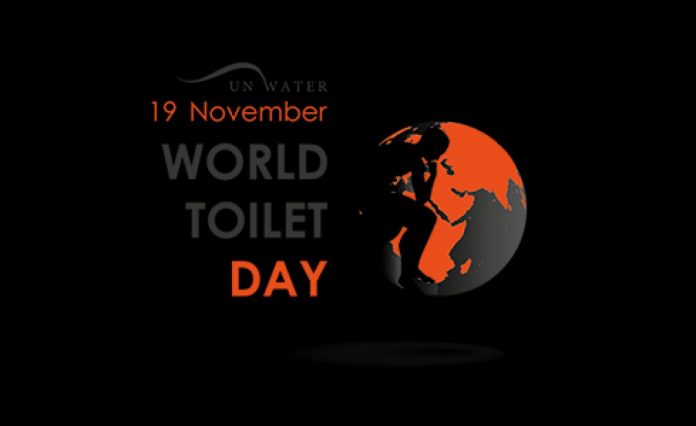By Britta Augsburg
We continue to face a global sanitation crisis in the 21st century, with millions worldwide defecating in the open. At the current rate of progress and with current investment levels, we are bound to miss international and national targets for achieving universal access to basic sanitation by 2030, the United Nations’ 6th Sustainable Development Goal.
It has become clear now that there is no single bullet to address the sanitation challenge. Various strategies have been trialled and tested in the last few decades. Policies up to the 1990s focussed on getting toilets built. Governments then switched to subsidy programmes. After disappointing results, opinion swung in favour of raising public awareness of the health risks from inadequate sanitation behaviour. Recently, the private sector joined the sanitation challenge, most prominently by offering microcredit for sanitation investments.
Now is the time to take stock of what actually works, as donors, governments and investors are deciding how to spend their money. At the Institute for Fiscal Studies, we’ve tested the effectiveness of sanitation programmes across the Global South, and here is what we’ve learned.
Building toilets and changing habits
Over 50 countries worldwide currently rely on behavioural change and community self-enforcement to end open defecation, an approach called Community-Led Total Sanitation (CLTS). We recently evaluated CLTS in Nigeria and Pakistan, two countries where open defecation is a major problem. We found that the intervention can indeed be effective in triggering investment in sanitation and sustained behaviour change. However, consistent with similar studies in Mali, India, Tanzania, Bangladesh and Indonesia, our research in Nigeria found that it reduces open defection only in poor areas and even in such areas, it doesn’t eradicate it completely.
Tweaking CLTS can boost its effectiveness. In particular, our research in Pakistan found that in vulnerable areas, which are prone to flooding, with poor public infrastructure and little access to construction materials, follow-up visits by CLTS implementers do help encourage people to keep toilets functional and in use. But these follow-up visits would be unnecessary if these communities had been able to construct resilient toilets, to begin with. And what about the people who didn’t choose to make a sanitation investment despite the intervention?



